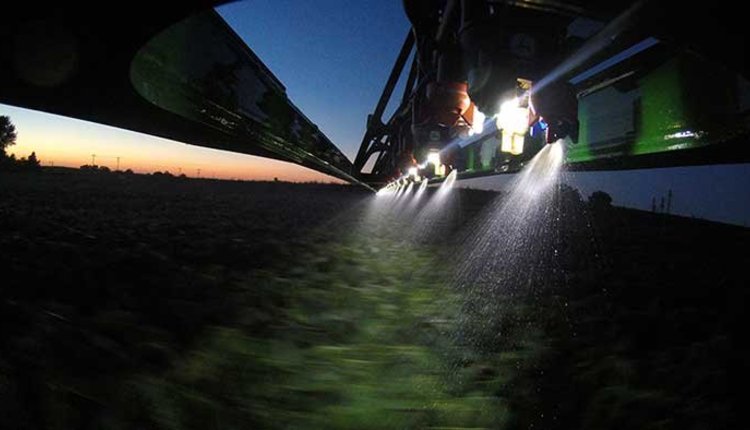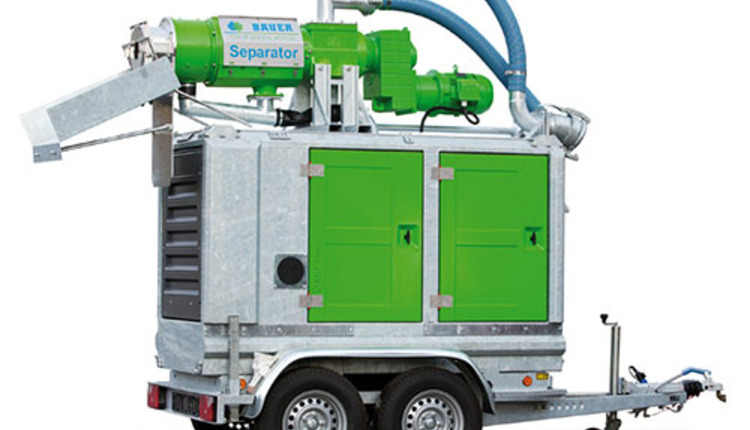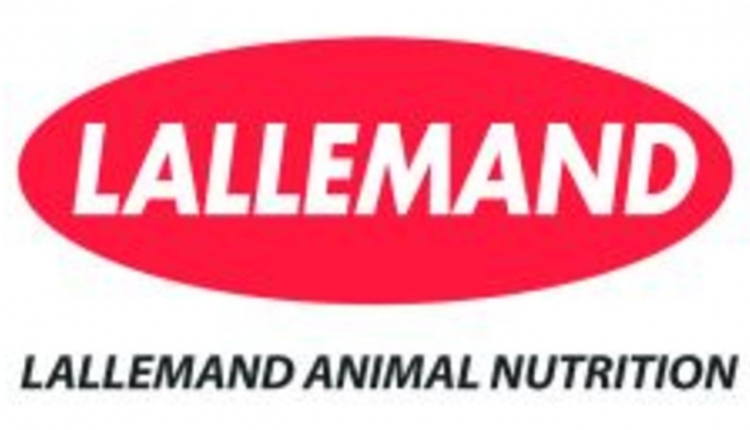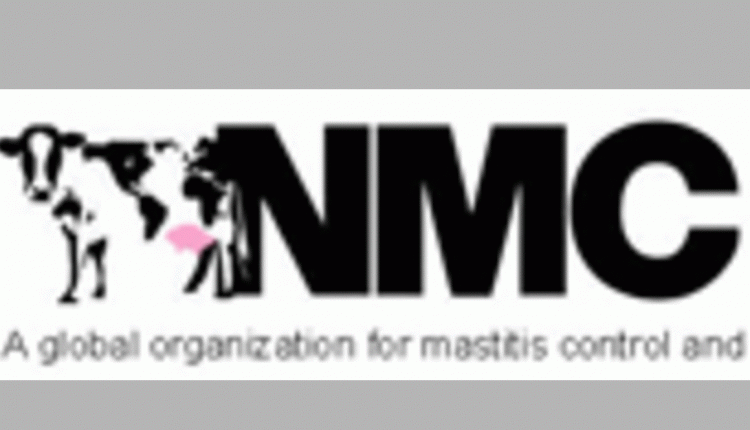"In this heat, remove cattle from toxic tall-fescue pastures," says Craig Roberts, University of Missouri Extension forage specialist. "Get them onto nontoxic grass with shade and plenty of water."
While rain in July benefits corn and soybeans, it spurs growth of toxic tall fescue. Livestock farmers must be alert to heat stress added by toxins in the lush grass.
"We had our worst gains on calves when grazing toxic fescue in a hot, wet July. Those calves gained only one-third pound per day," Roberts says of research at the MU Southwest Center, Mount Vernon.
Calves on nontoxic grass gained three times as much.
Heat stress affects not only gains but other growth as well. There are many research papers on what heat stress does to bulls and cows, Roberts says. Heat affects conception and pregnancy.
Cool-season grasses usually go dormant in July, but rains this year kept grass growing.
"Lush Kentucky 31 fescue in summer looks good, but is toxic," Roberts says. K-31 contains a fungus between plant cell walls creating ergovaline, a toxin. That is a vasoconstrictor that cuts blood flow to body extremities, which slows cooling.
Heat-stressed cattle stop eating to seek shade or to stand in a pond. "Cattle try to cool down," Roberts says. "That is good for the cattle, but it reduces feed intake and slows gains."
To those who don't know tall fescue, the green growing grass in July looks like a bonus. MU forage agronomists urge producers to remove cattle from toxic fescue pastures.
Warm-season grasses that thrive in summer offer alternatives.
The problem becomes what to do with toxic fescue left standing.
"It makes hay, not grazing," Roberts advises.
"Ergovaline isn't a stable compound, like a protein. It breaks down when exposed to sun and air," he says.
"About a third of the toxin goes away in the first week after mowing. The toxin continues to fade in a stored bale, but at a slower rate. By winter feeding time, the toxin in hay will be lowered by about half."
The best long-range plan is to replace toxic fescue with a new novel-endophyte variety.
Plentiful July growth creates a problem for trimming pastures back to prepare for fall-grown stockpile. Existing growth must be removed by mid-August.
That's time to spread nitrogen to boost to fall growth. For the longest fall growing season, producers should apply fertilizer before the first fall rains arrive.
The pasture should be about 4 inches tall when nitrogen is added. Usually, paddocks are grazed down, but this year the grass should be mowed and baled. That clears the field for fresh fall growth that starts with September rains.
Stockpiled pasture can be grazed late into winter. Stockpile reduces the need for feeding baled hay to the herd in winter.
One strategy is to graze the stockpile first while the baled hay continues to decline in toxicity.
Information on novel-endophyte fescue seeding is at www.grasslandrenewal.org. Or contact a regional agronomist through a local MU Extension center.
7.25.2016








